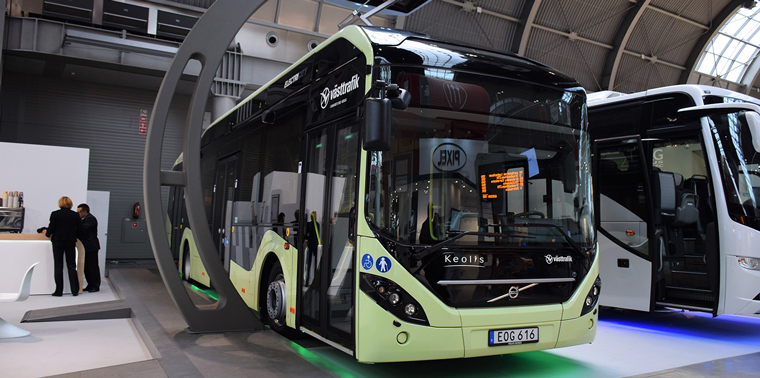October 26, 2018 — Batteries are ubiquitous yet often ignored, humming in the background while powering appliances, smartphones, and other parts of our lives. They’re also a pivotal piece in the environmental puzzle, as batteries better able to store energy will boost intermittent renewables like wind and solar.
But batteries themselves have environmental drawbacks, too. They contain toxic and in some cases flammable materials. And they require lots of energy to manufacture, which means high greenhouse gas emissions.
These are among the issues raised in Future Brief: Towards the Battery of the Future, a recent report from the European Commission’s Science for Environment Policy service. As researchers continue to experiment with new materials and designs — and as regulators look to shape policy — the report (and its accompanying infographic) outlines several areas for improvement.
Mining & Refining
During any battery’s lifetime, the report says, some of the worst environmental impacts come from mining and refining. Metals like cobalt and nickel are essential for conducting electricity in many batteries, but digging them out of the ground leaves behind waste that can leak toxic substances into surrounding areas.
Once these materials are mined, workers must then extract them from the rocks they’re embedded in, a process that emits large amounts of the pollutant sulfur oxide. To mitigate these harms, the report calls for more reuse and recycling of battery materials.
Researchers are working to develop higher density batteries, which the report points to as another helpful solution. By storing more energy in a smaller space, such batteries use less metal. And compared with batteries that are less dense, they can power a device for a longer stretch of time, so, for example, that electric vehicles can travel farther before needing to be recharged.

Infographic courtesy of Science Communication Unit, University of the West of England, Bristol (2018). Science for Environment Policy Future Brief: Towards the battery of the future. Report produced for the European Commission DG Environment, September, 2018. Available at: http://ec.europa.eu/science-environment-policy. Click to enlarge.
While batteries are made to store energy, the report also highlights the massive amounts of energy used to make them. “The most efficient way of reducing [greenhouse gas] emissions from the production of batteries,” the report says, “is to manufacture cells in facilities powered entirely by renewable energy sources.”
Other Considerations
Limiting energy loss, the report argues, can also have big returns. Rechargeable batteries are able to unload most, but not all, of their energy to power phones, cars, and other devices. The remaining portion is lost, with the amount varying: Standard lead-acid batteries waste 20 to 30 percent of their energy over a lifetime, while lithium-ion batteries have energy loss closer to 10 percent. Improving efficiency by even small amounts can cut down on the environmental harms of producing electricity to charge batteries, according to the report.
Other considerations covered by the report include lengthening the lifespan of batteries, recycling the materials used to make them, and, where possible, reusing batteries for less intensive functions once they’ve lost the capacity to meet their original purpose. Batteries from electric vehicles, for instance, are sometimes refurbished and used for energy storage. For their part, battery designers can make recycling and reuse more feasible by creating batteries with easily separable parts, clear labels, a relatively low number of components, and fewer dangerous materials.
Development & Invention
Many battery technologies are in development, and the report spotlights three of them as case studies:
- Solid-state lithium batteries replace the electrolyte, a key component of the battery that’s typically liquid, with solid ceramic or polymer material. The report says that these batteries will be safer and last longer, but it will be at least a decade before they become commercially available.
- Redox flow batteries store energy differently than conventional alternatives. They’re not as efficient but they last longer, which would ease demand for the natural resources and polluting production processes that batteries rely on. Researchers are working to reduce the cost and size of redox flow batteries so they can reach their full potential.
- Printed batteries have already found some commercial success. Sometimes thinner than a millimeter, they’re used in cards, tags and medical monitoring devices. According to the report, little is known about the environmental impact of printed batteries.
Batteries will always have adverse environmental impacts, but ongoing development and invention can do much to minimize them, the report concludes, noting that “changes in design and production could bring about substantial environmental benefits.” ![]()
Ensia shares solutions-focused stories free of charge through our online magazine and partner media. That means audiences around the world have ready access to stories that can — and do — help them shape a better future. If you value our work, please show your support today.
Yes, I'll support Ensia!
